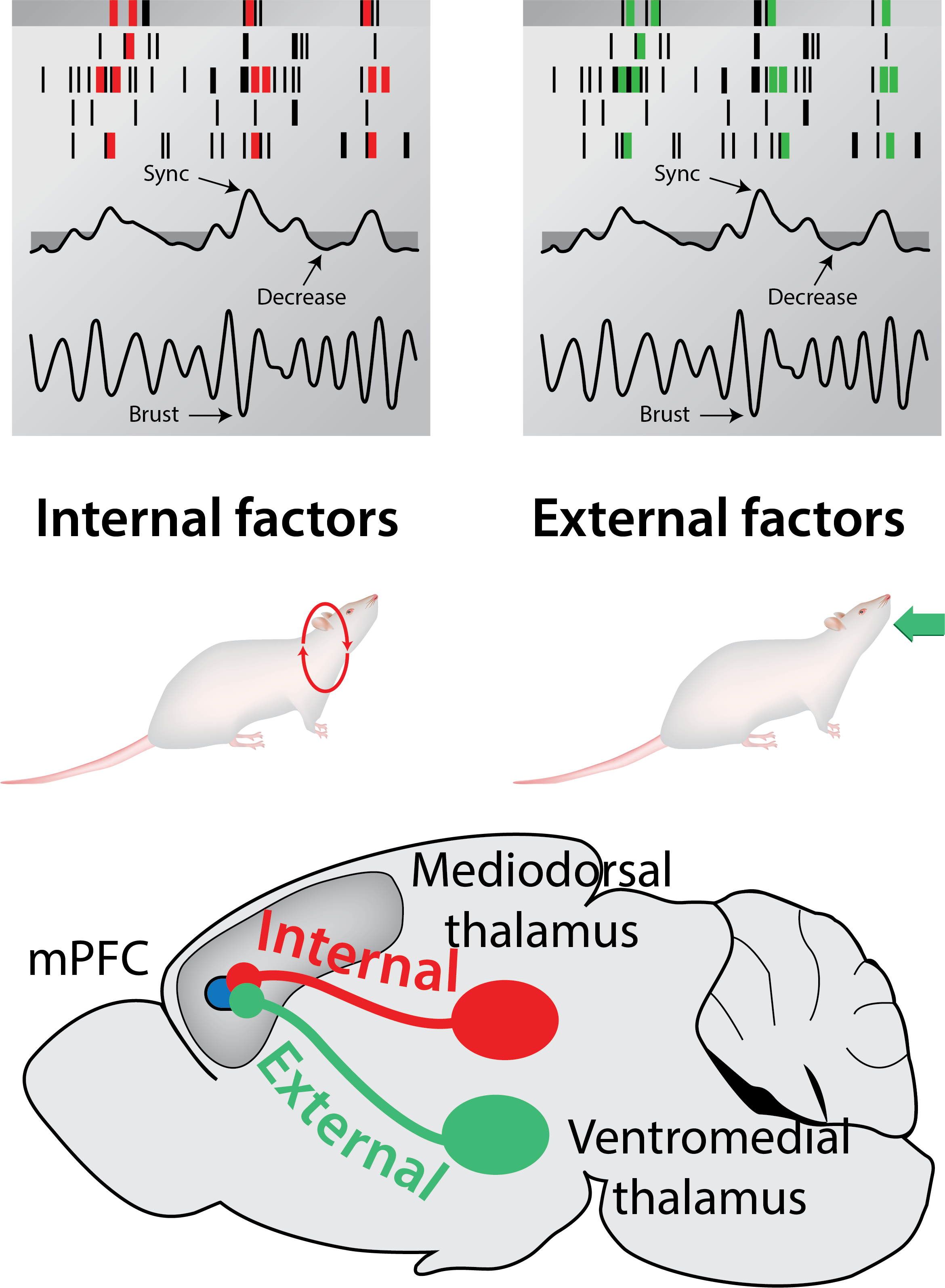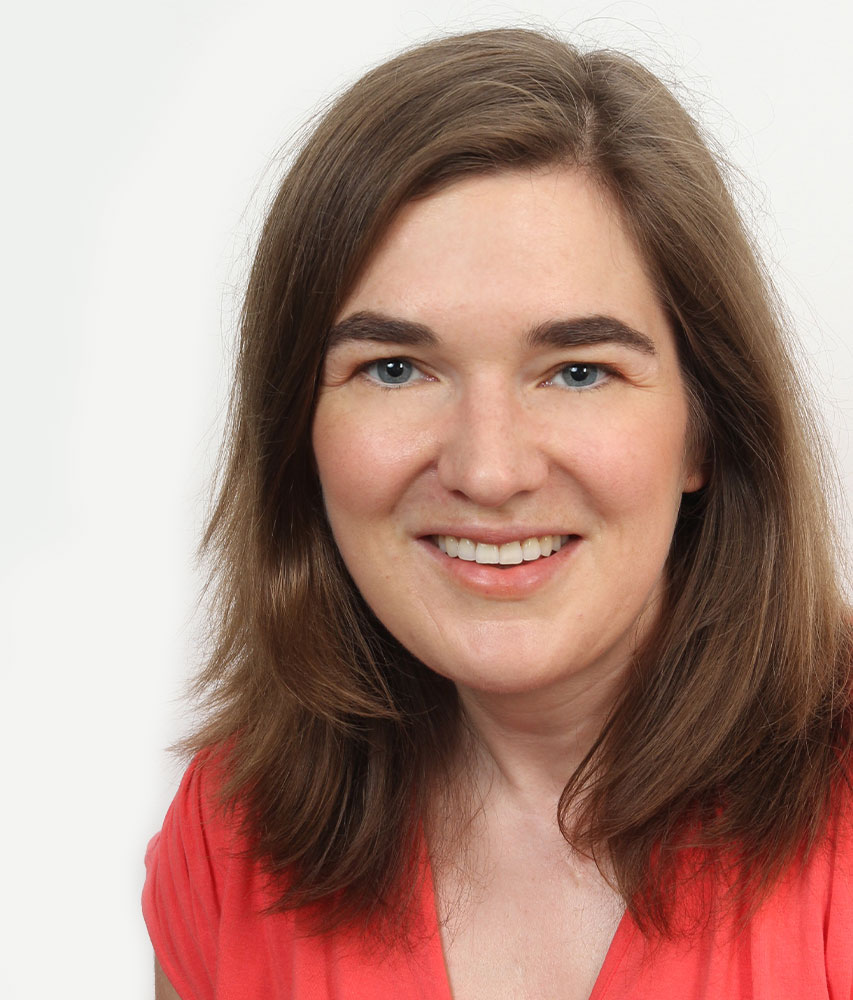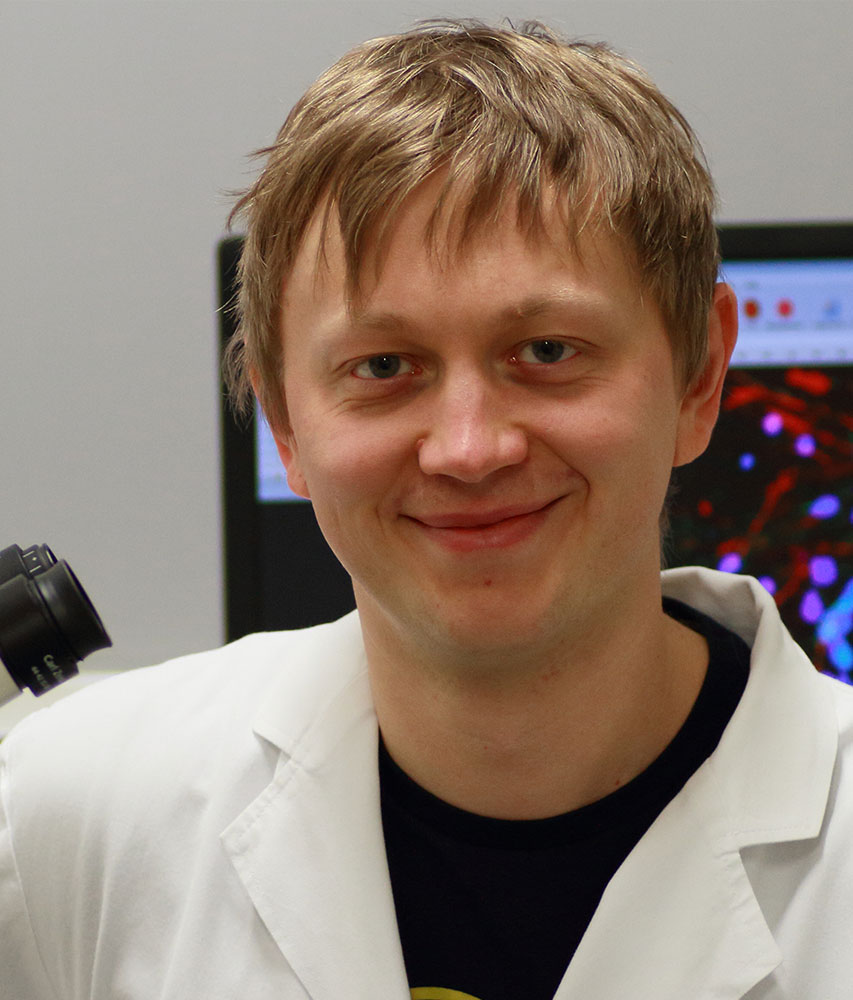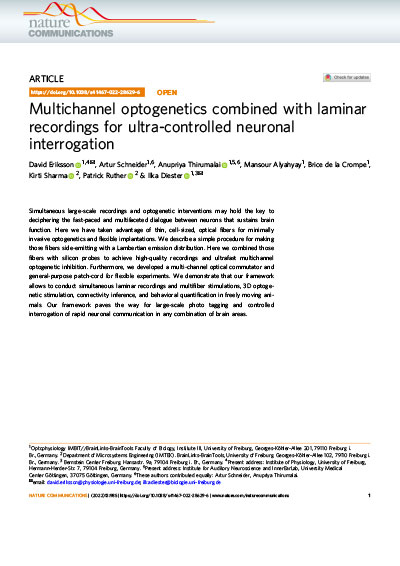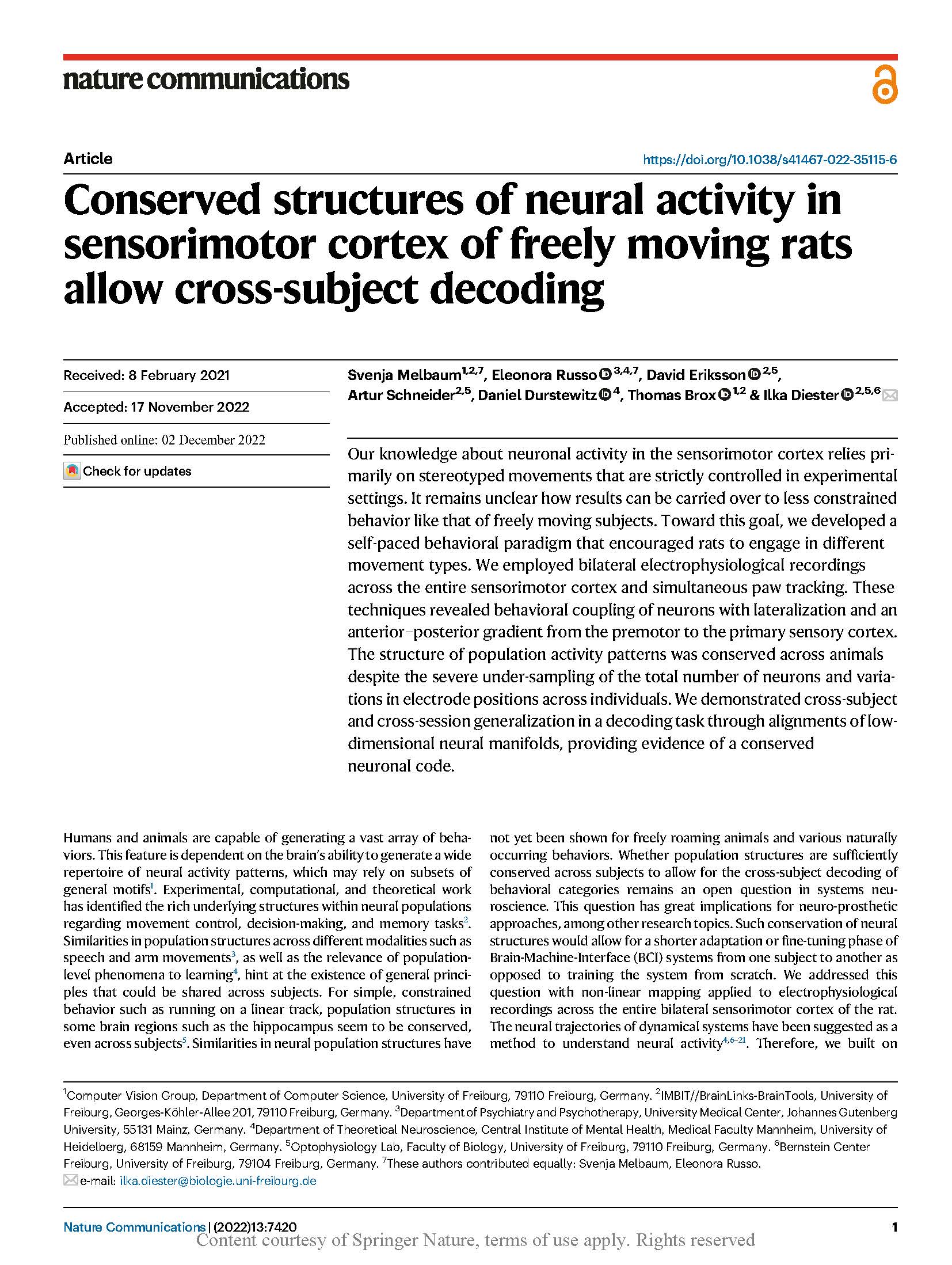TP6
Local circuit and projection based prefrontal response diversity for action control in rats
General description
Decisions about when to act are depend on external and internal factors. External factors relate to cues from the environment, while internal factors relate to a diverse set of previous experiences and resulting motivational or physical states. Subjects have to integrate these factors and flexibly adapt their behavior accordingly in order to maximize their success rate. These decisions are partially made in the prefrontal cortex (PFC) and have to be translated into action plans in motor cortical areas. In this project, we focus on prefrontal-thalamic projections with a differentiation between the projections to the mediodorsal and the ventromedial thalamic nucleus (MD and VM). We aim to define whether there is a distinction between the information quality which is sent out from the medial PFC (mPFC) via these two routes and how this relates to the flexible formation of task-dependent and output-dependent ensembles in mPFC. For this we conduct electrophysiological recordings in the prelimbic (PL) portion of the mPFC, and in the MD and VM during a motor preparation/inhibition task in rats. In this task, rats have to respond to an auditory signal with a lever release. Via a reinforcement learning approach we identify the rules according to which the rats act and which factors relate to neuronal responses and pathways. In order to elucidate circuit specific effects, we selectively manipulate the pathways between the two structures by either blocking the PL-MD or PL-VM pathway. The project is crucial for FOR 5159 as it investigates how the MD and VM pathways influence prefrontal flexibility.


